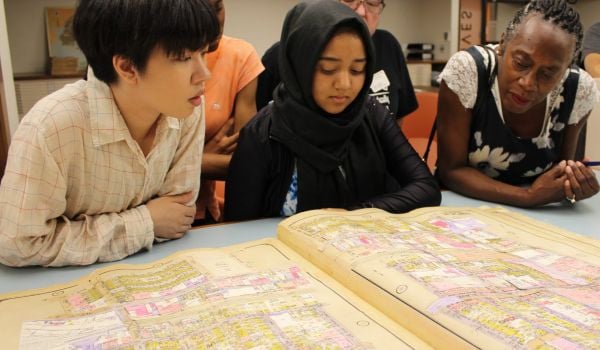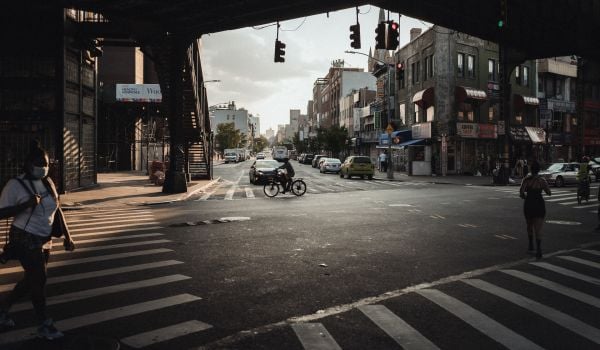The popularity of childcare services in New York City is no secret. In fact, some might argue that such services are essential in maintaining working families’ lifestyles throughout the city.
But with more than 200,000 women working as nannies, companions and housekeepers in New York State, it may come as a surprise to discover that standard employment practices—such as overtime and severance pay, health insurance, vacation days or even disability compensation—are services not afforded to most of these workers, who typically work from 10-16 hours a day per household. Considering that a majority of domestic workers are illegal immigrants of Caribbean, Latin-American or African descent, current childcare practices in New York highlight a burgeoning trend indirectly perpetuating forms of race and class divisions throughout the city.
It’s a trend chronicled in Raising Brooklyn, a book documenting how domestic Caribbean childcare workers in Brooklyn navigate within the confines of an undocumented system. During a recent lecture at the University of Pennsylvania, author Tamara Rose Brown emphasized fundamental urban issues—such as the exclusive characteristics of the city’s public and private spaces, the ostracizing practices of tracking technology and general human rights—as ongoing struggles for domestic workers.
The financial disparity between employers and workers enables a “[hostile] private household hierarchy…[that] creates a tension leading Caribbean childcare workers to seek refuge in public spaces where they can find people who share their subordinated position,” said Brown. “There is a sense of community in the public sphere that can mediate what happens in the private sphere.”
Raising Brooklyn further discusses the importance of informal public networks, such as simple activities like sharing food with other nannies while looking after their charges at local parks, in order to combat feelings of isolation as visible minorities in their respective neighborhoods.
However, these informal public activities are often regulated and scrutinized. Websites like HowsMyNanny.com present an interesting scenario of public control and a hostile work environment. The site, founded by a New York City prosecutor of sex crimes and child abuse, was created to allow employers the opportunity to track their nanny’s performance.
According to the site’s about page, this includes watching the nanny to makes sure she does not “spend most of her day blabbing into a cell phone instead of talking to your child,” or “power shops for hours at a time, while your child sits virtually ignored and unstimulated in her stroller.” Employers can achieve this by purchasing license plates for their strollers, allowing passersby the opportunity to email parents if they see what’s perceived as wrongdoing on the nanny’s part.
For Brown, these technological mechanisms actively enable neighborhoods to target nannies that are visible minorities in their employer’s neighborhood, further ostracizing populations and perpetuating a racially exclusive urban rhetoric.
“If you look at the data that has been collected thus far from websites such as [Hows My Nanny.com] you would see that many of the women discussed are women of color,” Brown notes. “The fact of the matter is that black women are more easily targeted for surveillance because they are easily identifiable as the nanny than, say, a white graduate student who is a nanny and who could be mistaken for a parent.”
These employment practices have in turn indirectly fueled a type of cultural hierarchy, according to Brown. She notes that the lack of basic benefits and tense public and private work life create a dynamic that allows “children growing up with Caribbean nannies and other nannies of color come to believe that this is the position that these types of women hold. The children learn that women of color do manual labor.”
















